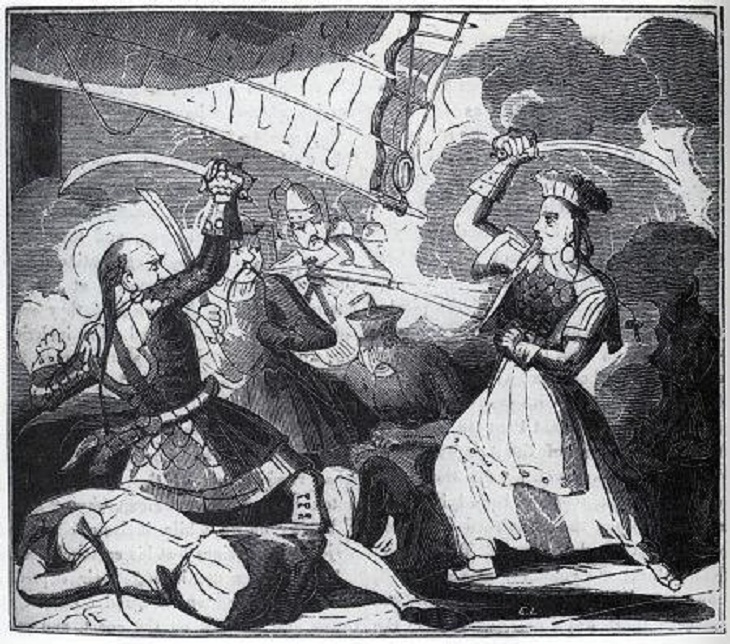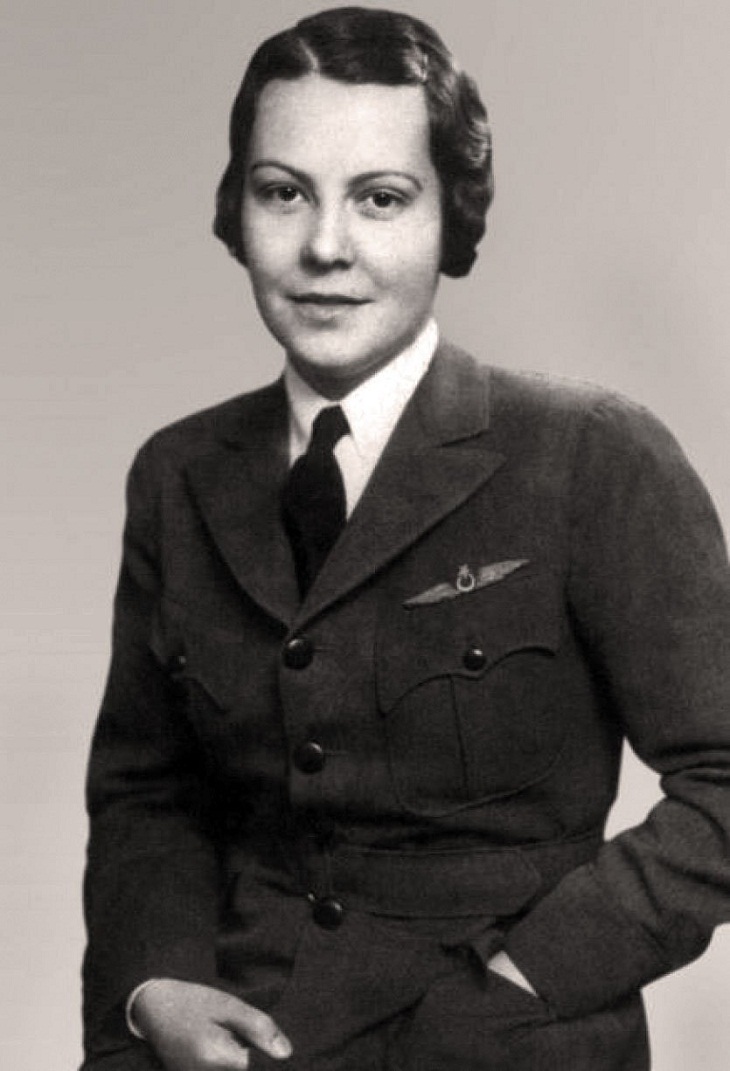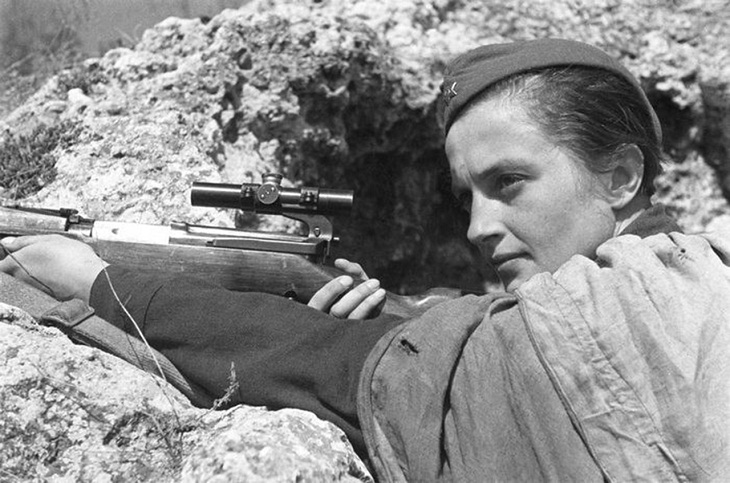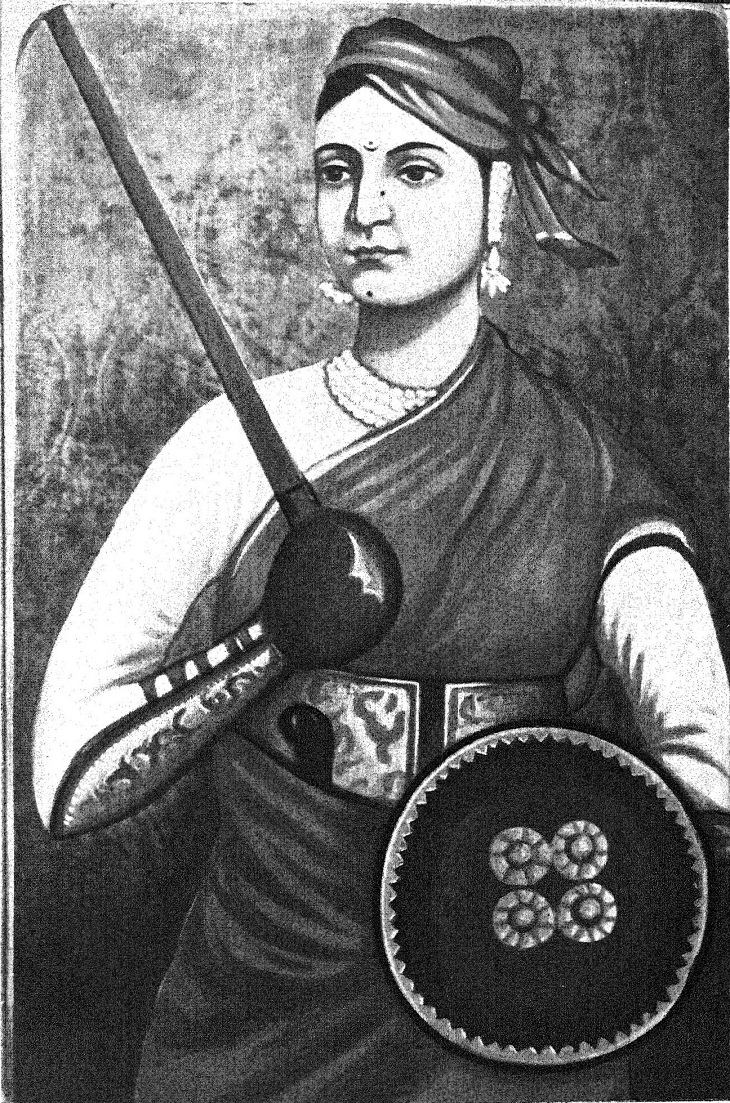
Khutulun, also known as Aigiarne, was a 13th-century Mongolian princess and an incredible fighter. She was the daughter of Kaidu, a great Mongol chieftain in the Golden Horde, and a cousin of Kublai Khan, Genghis Khan's grandson.
Khutulun was an exceptional horsewoman as well as a fearsome wrestler and warrior. Her insistence on keeping her independence and rejecting marriage proposals through a unique challenge is one of the most well-known aspects of her life. Khutulun would only accept a man who could beat her at wrestling. According to legend, she amassed a great number of horses from the men who failed to accept this challenge.
Khutulun was a key figure in the Mongol Empire's political and military affairs. She was a trusted adviser to her father and accompanied him on several military expeditions. Her military prowess and leadership abilities earned her a place in Mongolian history.

Ching Shih was a Chinese pirate who rose to prominence as the widow of notorious pirate commander Cheng I. Ching Shih took command of her husband's pirate fleet after his death in 1807, which was one of the most powerful and formidable pirate groups in history.
Under Ching Shih's leadership, the Red Flag Fleet, as it was called, grew both in size and strength. The Red Flag Fleet, as it was known under Ching Shih's leadership, expanded in size and strength. The fleet had hundreds of ships and tens of thousands of pirates, including sailors, soldiers, and even a spy network, at its peak. Ching Shih's influence spanned the South China Sea, and she effectively controlled coastal districts by collecting protection money from villages and traders.
Ching Shih's success as a pirate commander was due in part to her strategic intelligence and ability to impose a strict set of regulations on her crew. She enacted a set of regulations that covered everything from plunder distribution to punishment for disobedience. Breaching these restrictions frequently resulted in severe penalties, including beheading.
Her fame and success as a pirate drew the attention of Chinese and British naval troops. In 1810, Ching Shih negotiated a pardon with the Chinese government for herself and her crew. She retired from piracy and spent the rest of her life in relative tranquility, running a gambling house and brothel with the money she earned as a pirate.

Sabiha Gökçen, the adopted daughter of Turkey's first president, Mustafa Kemal Atatürk, was admitted to the Military Aviation Academy at her father's request. She then received rigorous flying training and, in 1937, became the world's alleged first female fighter pilot. Gökçen actively engaged in 32 different service actions throughout her career.
Her remarkable skills and drive led to her acceptance into the Turkish Aeronautical Association Flight Group, and later she became a military pilot.
Related: 20 Great Women in History Whose Wise Words Speak the Truth
Gökçen worked as a pilot in many capacities throughout her career, but her most significant achievement was as a combat pilot during World War II. She flew in the Turkish-Soviet War of 1941, becoming a symbol of women's empowerment and breaking down gender barriers in aviation.
Kate Warne was the first female detective employed by the Pinkerton Detective Agency in the US in 1856. Warne, a master of undercover operations, excelled in cultivating relationships with female friends of major suspects, uncovering vital evidence, and eventually becoming Pinkerton's trusted right-hand man.
Warne is best known for her role in foiling the Baltimore murder attempt on Abraham Lincoln during his train journey. She successfully unearthed the intricate details of the plan by adopting an undercover persona and fashioning disguises for both herself and the future president.
Kate Warne's legacy extends beyond the cases she handled. Her success paved the way for other women to enter the fields of forensics and law enforcement. She paved the way for future generations of female investigators by proving that women are capable of succeeding in typically male-dominated fields.

Lyudmila Pavlichenko, famously known as "Lady Death", was an incredibly successful and lethal Soviet sniper during WWII. Born on July 12, 1916, in Bila Tserkva, Ukraine, Pavlichenko initially wanted to be a teacher. However, when the Soviet Union entered World War II, she volunteered for the Red Army in 1941 and specifically requested to serve as a combat infantry soldier.
Pavlichenko's phenomenal marksmanship skills were soon recognized, leading to her transfer to the sniper division of the 25th Rifle Division. Over the course of the war, she achieved remarkable success on the Eastern Front. In just one year, Pavlichenko achieved a staggering kill total of 309, the highest ever achieved by a woman. Despite being wounded four times and suffering from shell shock, Pavlichenko didn't withdraw from active combat until forced to by injury.
Despite her injuries, Pavlichenko continued to make a substantial contribution to the war effort by training scores of young snipers to take her place. The Nazis were terrified of her and threatened to "tear her into 309 pieces." "They even knew my score!" Pavlichenko exclaimed in response to their threat.
Related: Historical Window: Looking at Women Workers in WWI

Rani Lakshmibai, popularly known as the Rani of Jhansi, was the queen of the North Indian princely state of Jhansi. She was born in 1828 and rose to prominence during the 1857 Indian Mutiny, also known as the Indian Mutiny or the Sepoy Mutiny.
Rani Lakshmibai is best known for her role in the Indian Rebellion of 1857, in which she fought against British control. After her husband, Maharaja Raja Gangadhar Rao, died, she became regent of Jhansi for her adopted son. When the British East India Company refused to acknowledge her adopted son's claim to the throne, Rani Lakshmibai fought fiercely against British forces and conquered Jhansi.
She played a pivotal role in the Siege of Jhansi, displaying extraordinary bravery and leadership. Rani Lakshmibai led her army into combat, and her tactical tactics and resolve gained her a reputation as one of India's key figures in the fight against British colonialism.